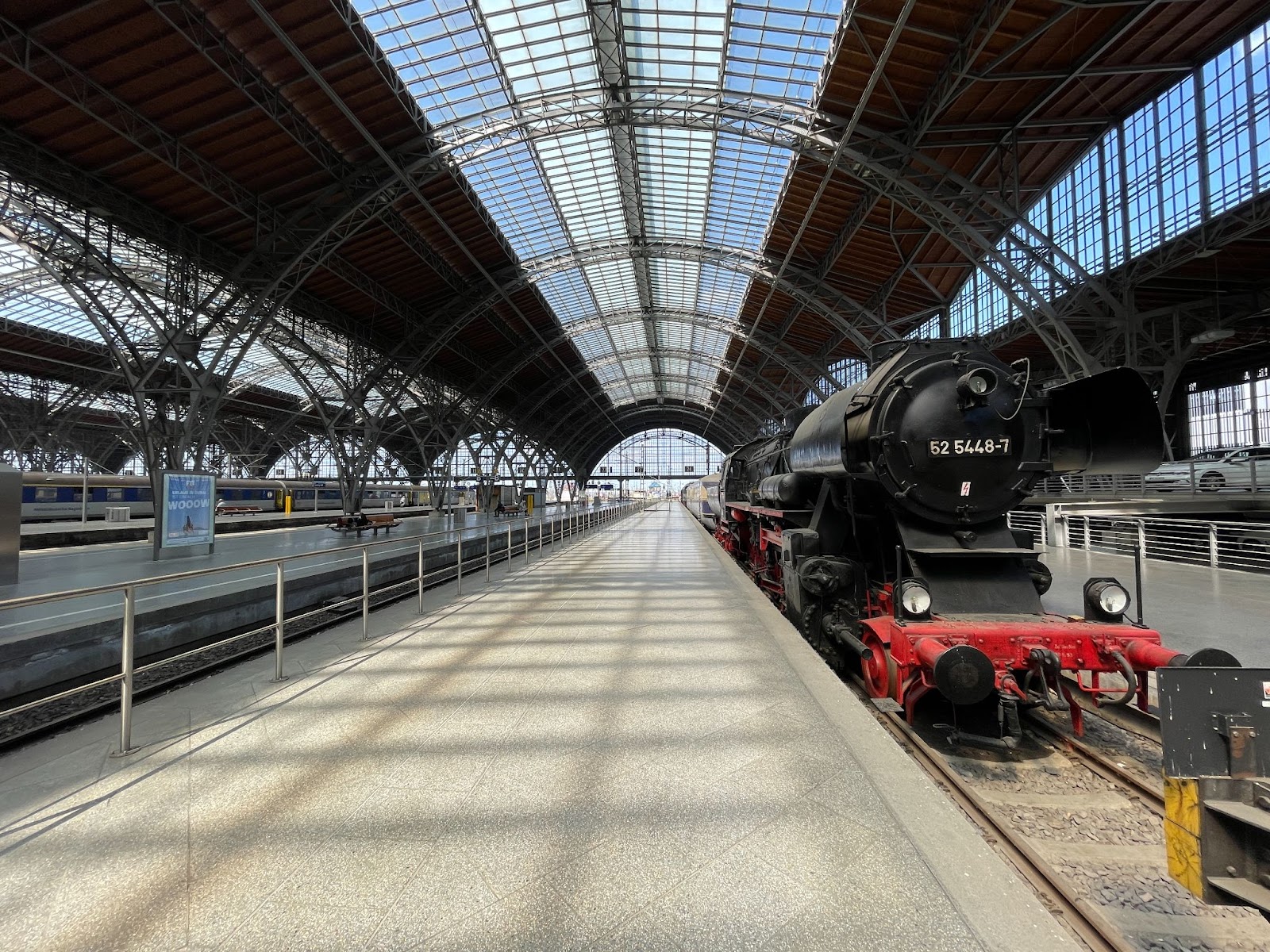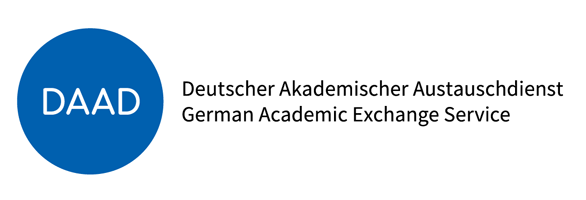Trains, Planes and a Few Automobiles
As a graduate student who spends most of his time thinking about the centrality of automobiles in American culture, I relished the opportunity to travel 4,000 miles across the globe, I hoped, without stepping foot in a single car. Philadelphia counts among the very few U.S. cities where you can catch a local subway to a regional train to a number of international airports. And Germany, I knew from courses in urban planning, has some of the world’s best integrated transit systems. Yet, as the poet Robert Burns surmised, the “best-laid schemes” do indeed “lea’e us nought but grief an’ pain.” I had my paper drafted – ready to workshop my take on how government officials put free buses on historic Route 66 – and still, only a day into my trip, I called for a Lyft. It was the friction of a canceled flight at midnight, and wanting to get into a hotel as soon as possible. My plans broke down in Newark, New Jersey.
Traveling, in and of itself, lies at the heart of my research method, so I cannot be too mad about changing plans: the contrast between getting around America and Europe was truly enlightening. Trains and trams were no surprise after landing in Frankfurt, having a comparable metropolitan population to Philadelphia, but my real culture shock came after my ICE train arrived in Erfurt, the modest capital of Thuringia. At the Hauptbahnhof, a dozen railway tracks funnel passenger trains from across the region through a soaring canopy. An interchange for trams and buses sits below the interurban platforms and every few minutes another train comes through. Although my partner and I walked a few blocks to our AirBnB off the Anger that first evening in Erfurt, for the rest of our stay we depended on our Deutchlandtickets for easy, on-time trips to Gotha, Weimer, and Leipzig, in addition to frequent tram trips toward Universität Erfurt.
Figure 1: The railway terminal in Leipzig, Europe’s largest by square footage, where an historic steam locomotive occupies only one of the 19 operational platforms. Following extensive damage during the Second World War, the terminal was fully restored in 1965, two years after famed Penn Station was demolished in New York City. Photograph by author (2023).
Much to my amazement, in Germany I averaged walking fewer steps per day than in the United States because transit service is seamless throughout the entire region around Erfurt! When I travel by train from Philadelphia to see friends in Pittsburgh, Pennsylvania, I disembark from 50-year old metroliner coaches stationed along one-of-two operational platforms underneath a massive, rusted-out trainshed built to cover 14 sets of track. A single escalator moves passengers into a basement lobby, affectionately called an “Amshack.” The original waiting room, ornamented by marble columns and coffered ceilings, has since been converted into a private banquet hall. Trolleys no longer flank the rotunda, so I always have to walk a few city blocks until I find a bus stop with service heading toward my friends’ neighborhoods.
Figure 2: Union Station in Pittsburgh, Pennsylvania, photographed 14 June 1930 showing parking lots surrounding the rotunda designed in 1898 by Daniel Burnham to facilitate carriage traffic. Image courtesy of the University of Pittsburgh Library System, item 715.3011875.CP.
Thuringia covers roughly the same geographic area as metropolitan Pittsburgh, and the areas are both home to a little more than 2 million people; however, the ways through which they are connected to their larger regions are worlds apart. I loved traveling throughout Germany on foot, by train and tram, and while there not once having to use a car. All of us from Temple University enjoyed sitting on plazas together eating Erfurt’s famed asparagus, delicious Indian curries, pasta at a Pavarotti themed restaurant, and of course some McDonalds (sans drive-thru) for a taste of home. I must admit, though, over the weekend in Leipzig I thought about the good of global connections and inequities of colonization while eating a continental breakfast of Latin American coffees and chocolates, South Asian fruits, Mediterranean nuts, and Central European grains. However complicated the political economy is, it is remarkable how the local and global – or the “glocal,” in the inelegant academic parlance – come together when urban infrastructures actually connect us to one another rather than atomizing our individual experiences between lanes of seemingly endless asphalt.
I may share a commitment to building public infrastructure with urban planners, but historians offer helpful explanations of why it is so difficult to navigate the “place-making” politics of cities designed for fewer automobiles. “With fenders spread like wings,” F. Scott Fitzgerald wrote of Jay Gatsby’s “gorgeous car,” in a scene about “the city seen for the first time” from the Queensboro Bridge. Cars lie at the heart of the American Dream, and all the many ways people associate upward mobility with physical movement. Freedom can be the ability to go when and where one pleases. But unlike the “three modish” African Americans who were “driven by a white chauffeur” in The Great Gatsby, at the North American History Colloquium in Erfurt, I was lucky to learn from Helen Anne Gibson about Black chauffeurs who, in the early Twentieth Century, organized unions to maintain control over their craft. She reminds us that cars are “worldmaking devices—at times, microcosms of the worlds Black drivers and passengers wished to inhabit.” In the context of segregated public spaces, the act of driving could be liberatory as a means of work or leisure. It helps explain why Americans keep spending more money on the ever-increasing cost of automobile ownership. Indeed, both materially in our era and in Fitzgerald’s sordid mythology of the Jazz Age, an American Dream that “anything can happen now” is fleeting, but the ideal is powerful enough to motivate policy choices prioritizing highways over passenger railways.
Figure 3: Photograph of a beer garden in Philadelphia that uses as a snack kiosk an historic PCC streetcars from a decommissioned route once heralded as the longest in the world. Some of the 1947 streetcars still operate along Girard Avenue in Philadelphia. Photograph by author (2023).
Trains, Planes and a Few Automobiles by Jake Wolff



